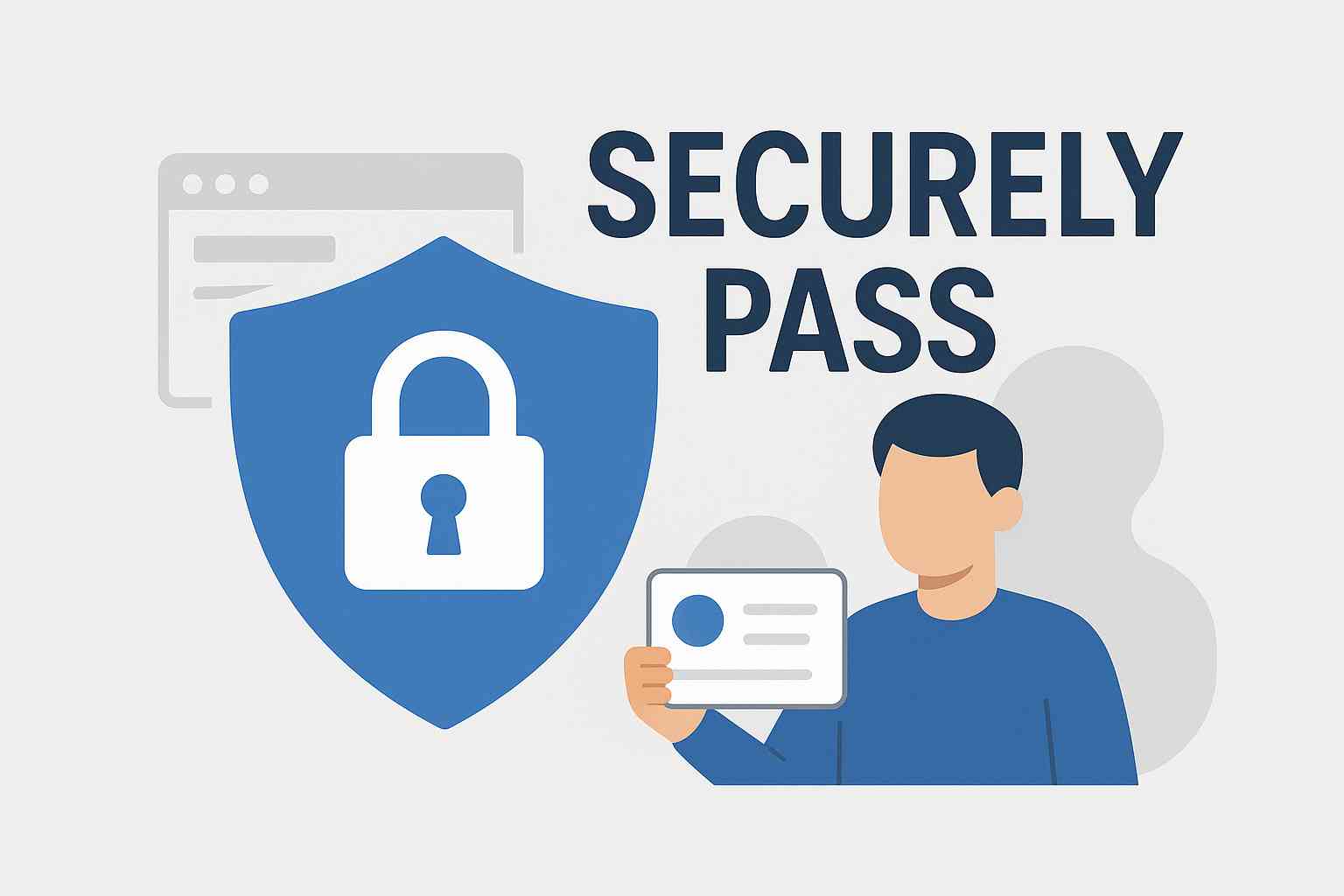Let’s be honest. Our digital lives are a sprawling empire. We have kingdoms for banking, social media, email, streaming, and work. And the keys to every single one of these kingdoms? Our passwords.
For too long, we’ve relied on flimsy keys. We reuse them, make them painfully simple, and forget them the second we need to log in on a new device. But in an age of sophisticated cyberattacks, a weak password is like locking your front door with a piece of tape.
It’s time to change that. It’s time to move from vulnerable to vigilant. It’s time to adopt a securelyPass mindset.
A securelyPass strategy isn’t about one magical password. It’s a holistic approach to authentication that makes you a hard target for hackers. Here’s how you can build yours today.

Step 1: Embrace the Power of the Password Manager
This is the non-negotiable foundation of a securelyPass plan. A password manager is a secure vault that generates, stores, and autofills complex, unique passwords for every site you use.
Why it’s a Game-Changer: You only need to remember one master password. The manager creates and remembers 20-character, random passwords for everything else. This completely eliminates the danger of password reuse. If one site gets breached, your other accounts remain safe.
Getting Started: Look for reputable options like Bitwarden, 1Password, or LastPass. Most offer free versions that are more than enough for personal use.
Step 2: The Golden Rule: Length Over Complexity
For years, we were told to create passwords with numbers, symbols, and uppercase letters. While that’s still good, length is now the most critical factor.
A password like ilovehikinginthemountains! is significantly harder for a computer to crack than P@ssw0rd! because of its length. This is called a passphrase. Think of a random sentence or a string of unrelated words. It’s easier to remember and much more secure.
Step 3: Activate Two-Factor Authentication (2FA) Everywhere You Can
If a strong password is your first lock, Two-Factor Authentication (2FA) is the deadbolt. Even if a hacker steals your password, they can’t get in without that second factor—usually a code from an app on your phone (like Google Authenticator or Authy) or a physical security key.
A securelyPass approach is incomplete without 2FA. Enable it on your email, bank, social media, and any other critical account that offers it.
Step 4: Be Wary of Phishing Scams
The strongest password in the world won’t help if you willingly hand it over to a scammer. Phishing attacks—fake emails, texts, or websites designed to trick you—are a primary way passwords are stolen.
Always check the sender’s email address. Is it slightly misspelled?
- Hover over links before clicking to see the real URL.
- Legitimate companies will never ask for your password via email.
Step 5: Conduct Regular Password Check-Ups
A proactive securelyPass routine includes maintenance. Many password managers have features that scan your saved passwords and alert you to ones that are weak, reused, or have been involved in a known data breach. Make it a quarterly habit to review these alerts and update any compromised passwords.
Your securelyPass Action Plan
Building a fortress around your digital identity doesn’t have to be complicated. Start small:
- This Week: Download a password manager. Start by adding your most important accounts (email, banking).
- This Month: Go through your key accounts and enable 2FA. It takes two minutes per account for a huge security boost.
- Ongoing: Use your password manager to generate new, strong passwords for every new account you create.
Adopting a securelyPass strategy is one of the most effective things you can do for your personal cybersecurity. It’s not about being paranoid; it’s about being prepared. By taking these steps, you’re not just creating better passwords—you’re building a more secure digital future for yourself.
Alos Read-
- e Hall Pass Why important for all students
- What is a Digital Hall Pass System?
- Student Safety The Smart Key to Student Safety in the Digital Classroom
- Securly Pass Digital Classroom The Single Key to a Safer, Simpler Digital Classroom
- Top 10 Benefits of Using Securely Pass for Online Security
FAQ
What’s better for 2FA: an Authenticator app or SMS texts?
While both are better than no 2FA, an authenticator app (like Google Authenticator or Authy) is the more secure choice for your securelyPass setup.
Are password managers really safe? What if they get hacked?
This is the number one question, and it’s a valid concern. The short answer is: Yes, reputable password managers are one of the safest places for your passwords. Here’s why: They use extremely strong encryption (like AES-256 bit, the same standard used by banks and governments) to protect your data. Your master password is the only key that can decrypt this vault.
The company itself cannot see your passwords. Even if their servers were breached, hackers would only get encrypted, unusable data. Your security ultimately rests on the strength of your single, master password—which is why making it a strong passphrase is so important.
Is a password manager worth it for someone who isn’t very tech-savvy?
Absolutely. In many ways, it’s even more valuable. It removes the stress of having to create and remember passwords. Once it’s set up, it works quietly in the background, automatically filling in your login details. It actually simplifies your online life while making you dramatically more secure. Think of it as an autopilot for your digital security.